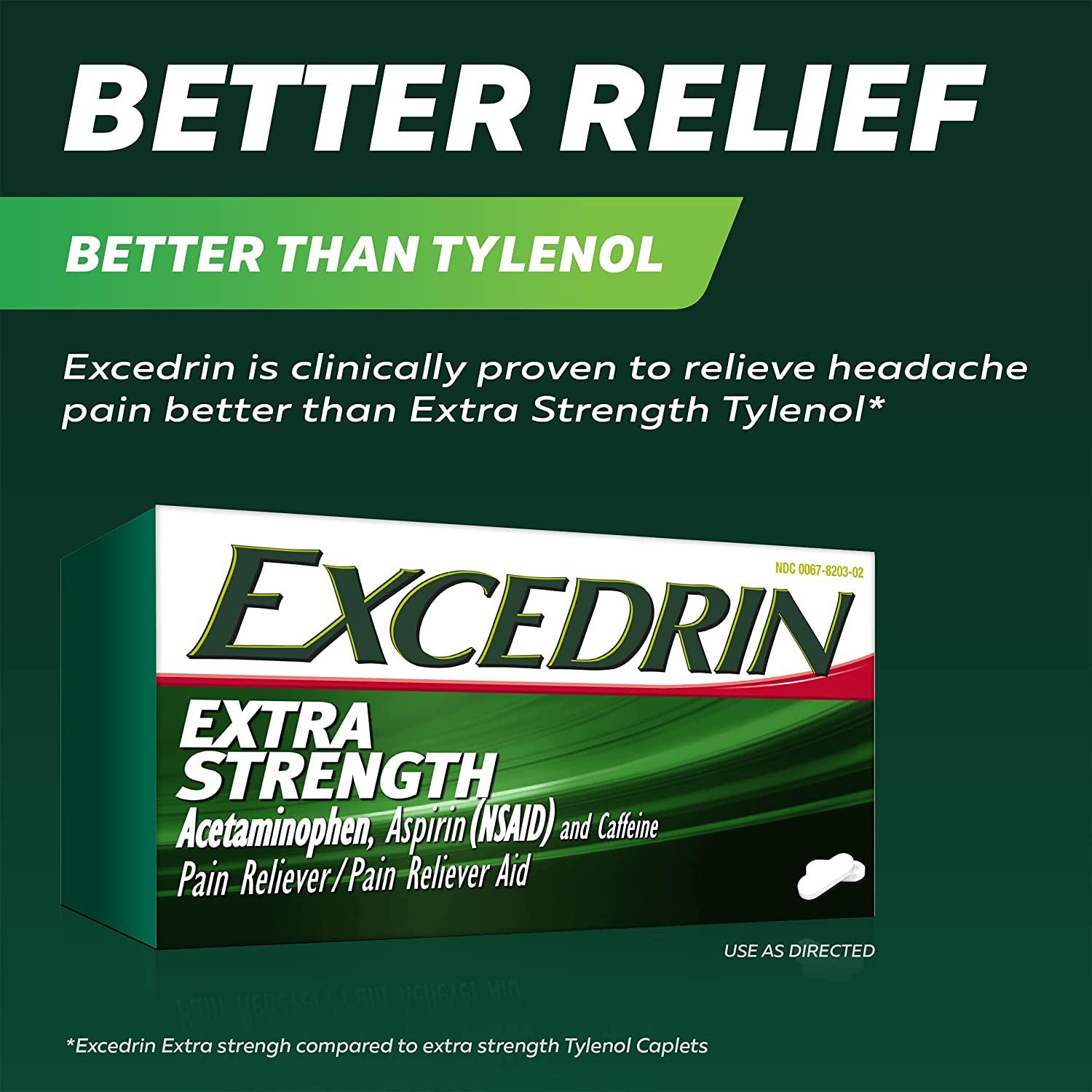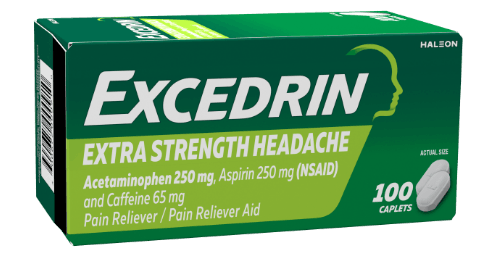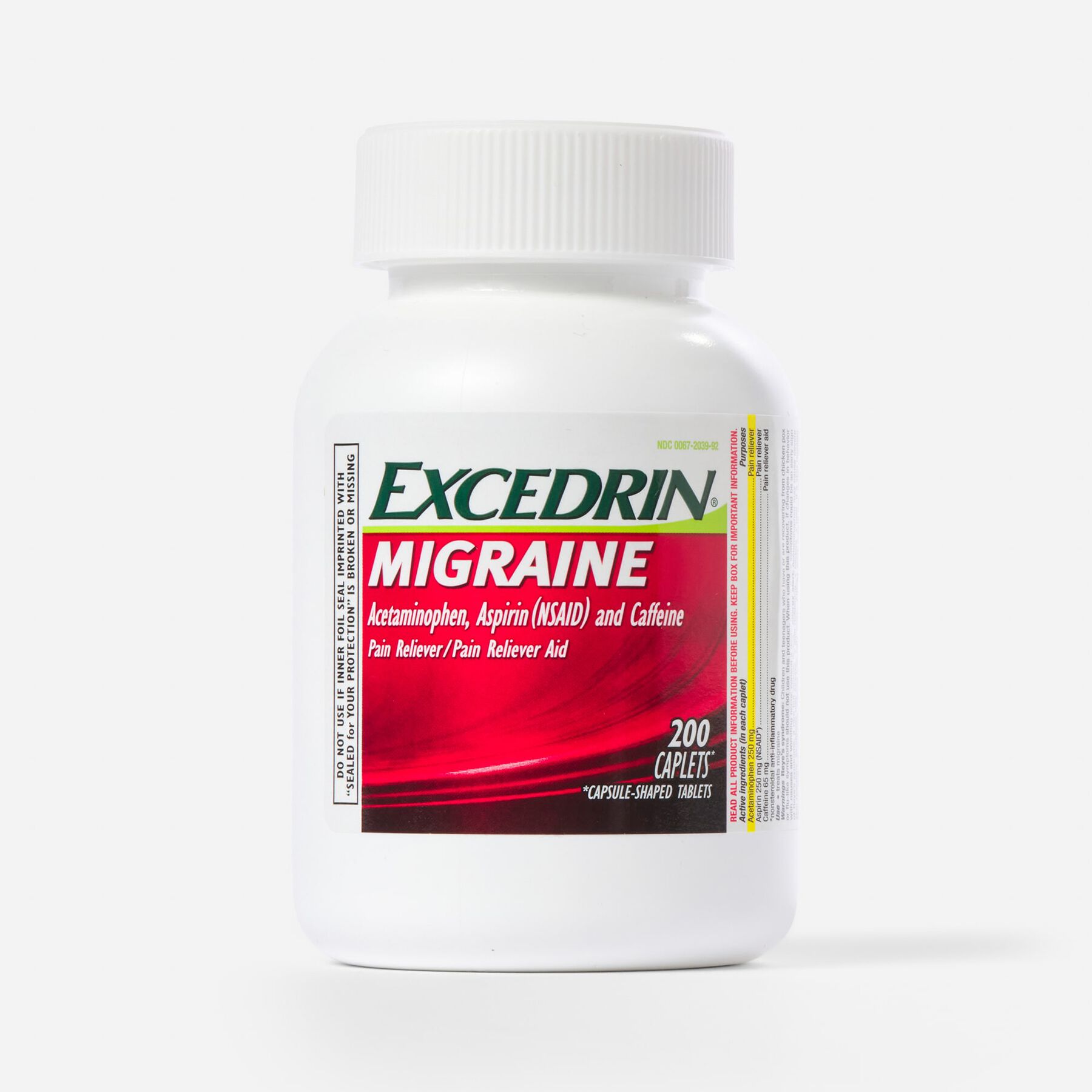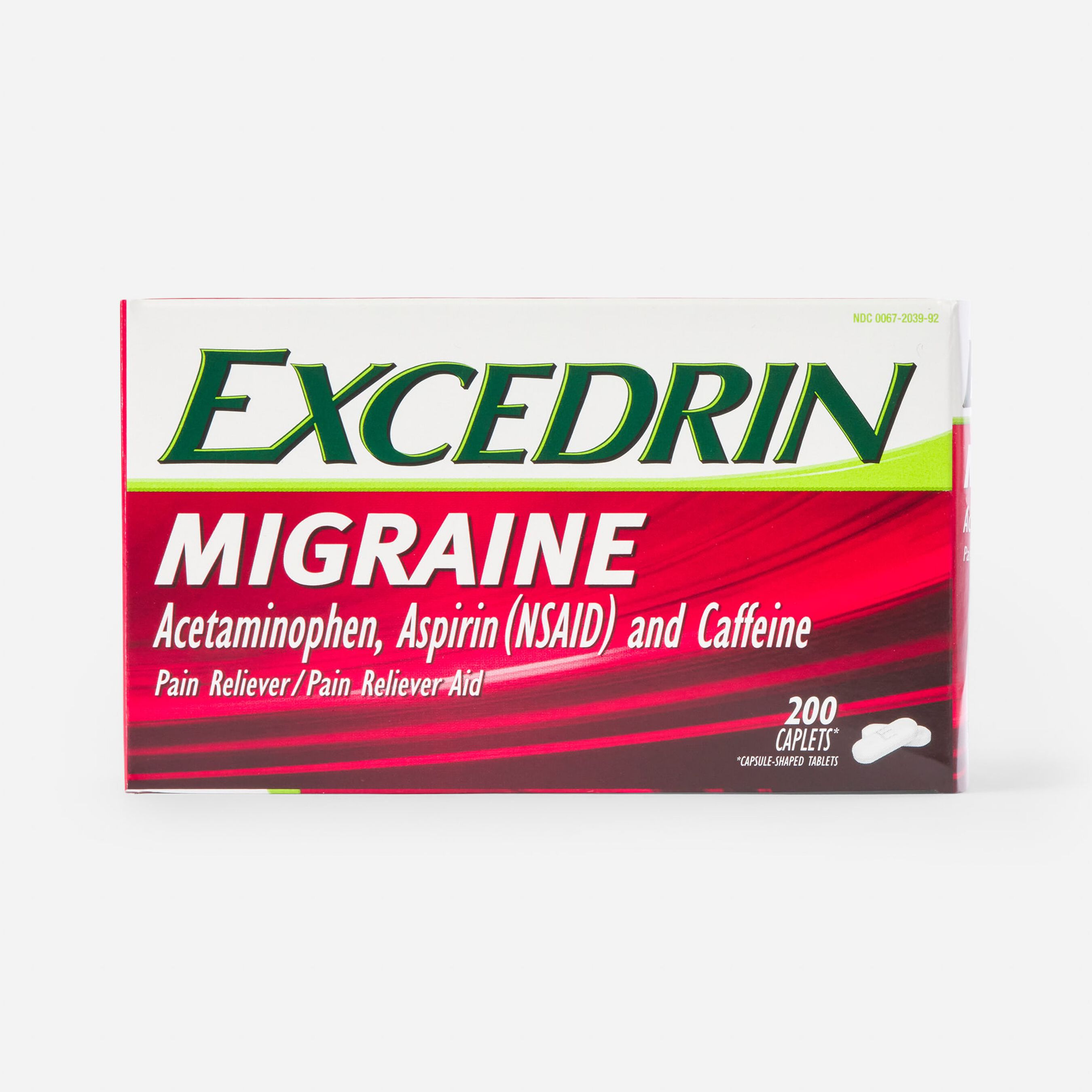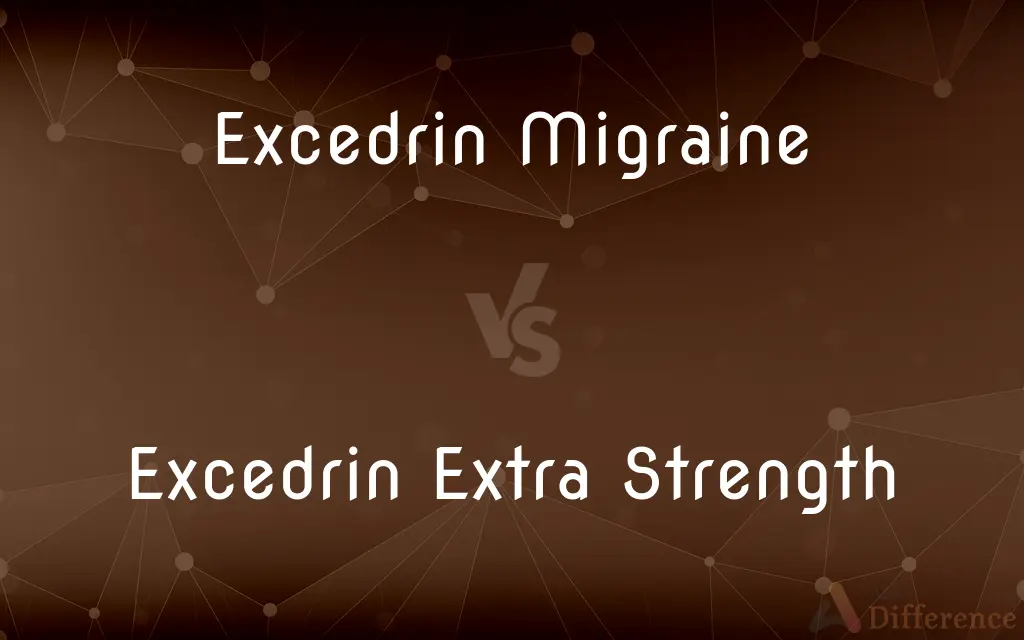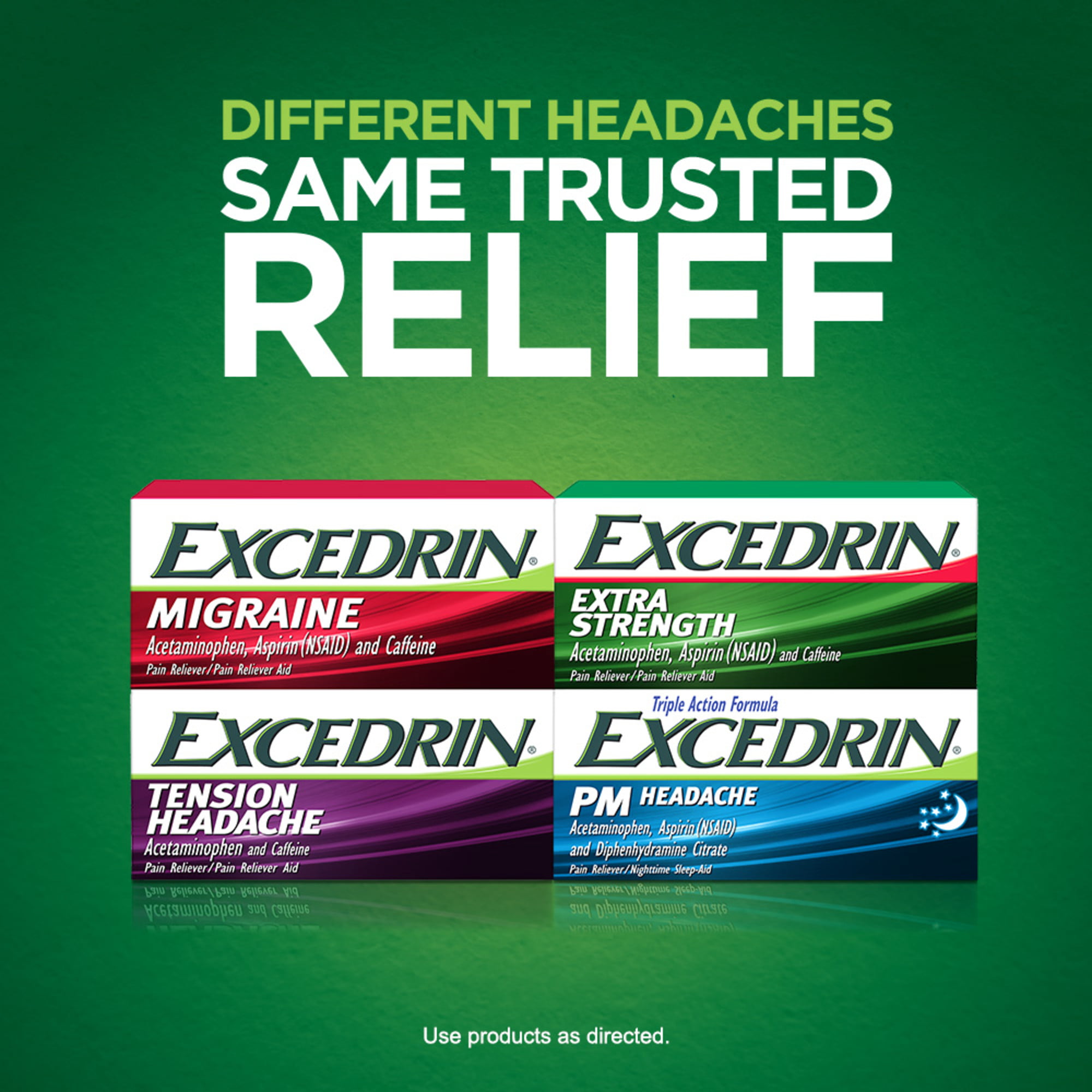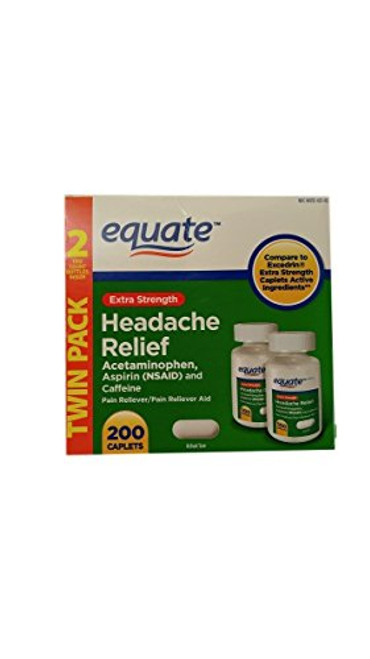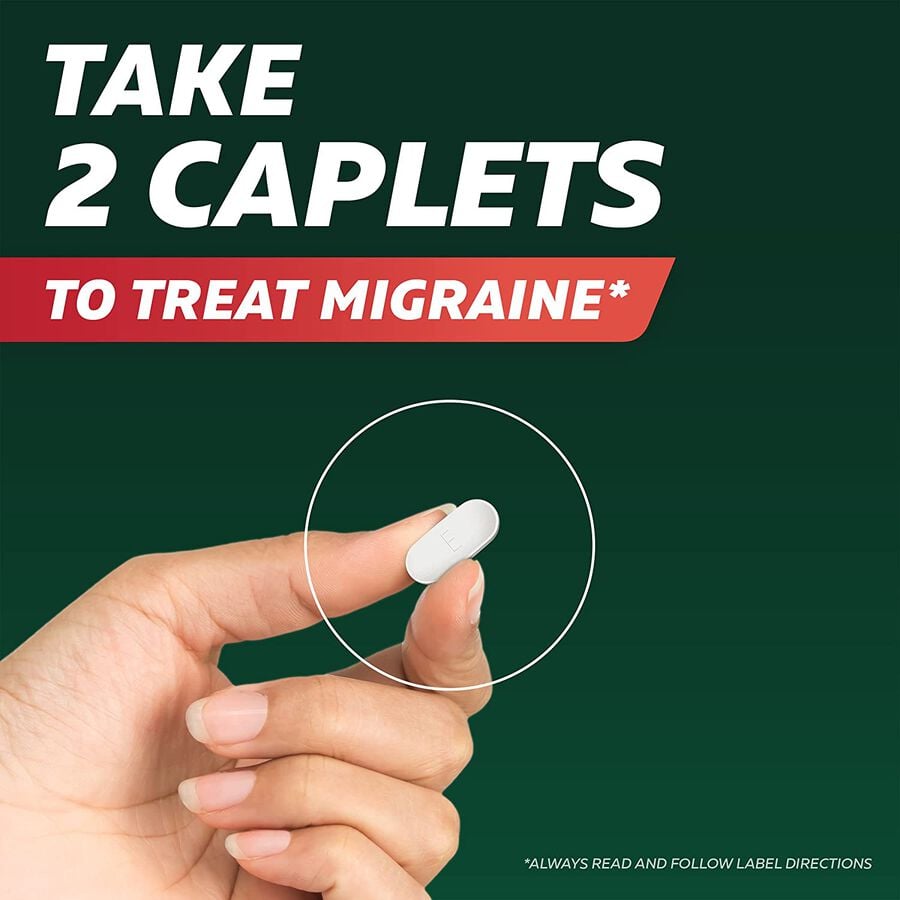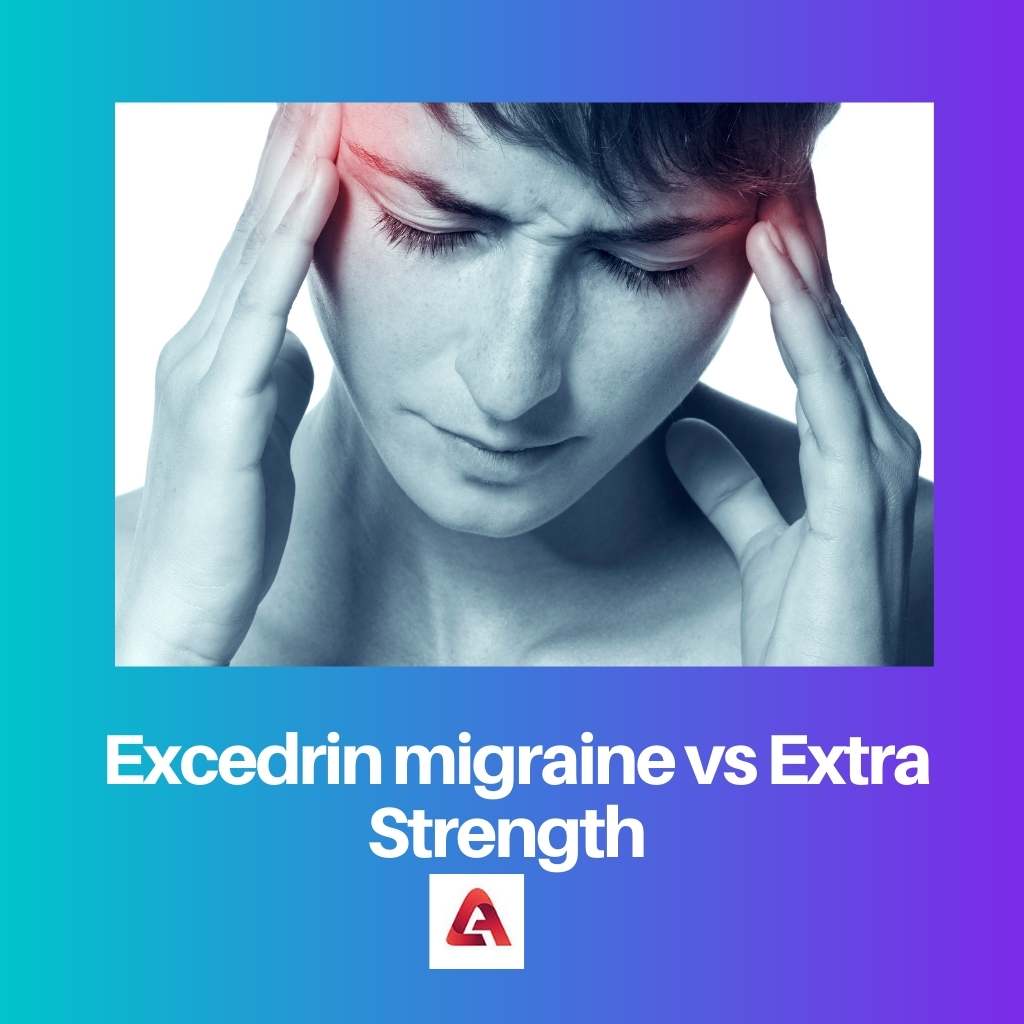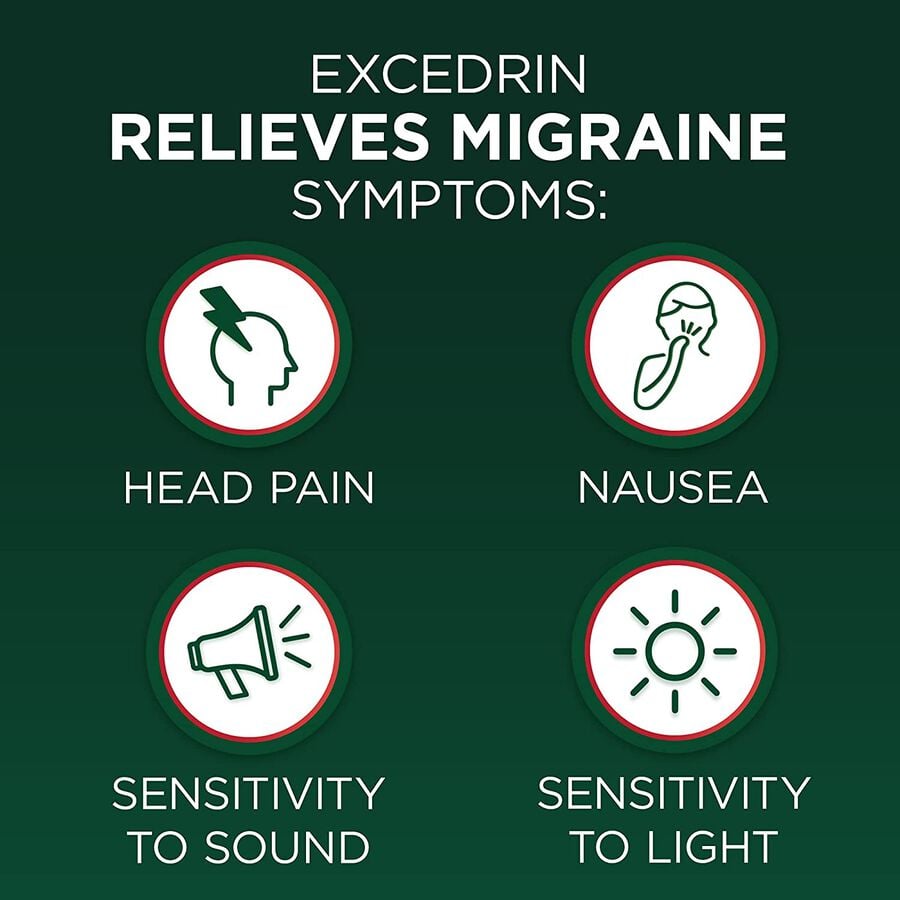Compare Excedrin Migraine Extra Strength

For millions suffering from the debilitating grip of migraines, finding effective relief is a constant quest. Two over-the-counter (OTC) medications, both under the Excedrin brand, frequently emerge as top contenders: Excedrin Migraine and Excedrin Extra Strength. Understanding the nuances between these seemingly similar formulations is crucial for making informed decisions and achieving optimal pain management.
This article delves into a comprehensive comparison of Excedrin Migraine and Excedrin Extra Strength, analyzing their ingredients, effectiveness, potential side effects, and usage guidelines. We will explore the subtle yet significant differences that can impact their suitability for individual migraine sufferers, aiming to empower readers with the knowledge to navigate the complexities of OTC migraine treatment.
Ingredient Analysis
Both Excedrin Migraine and Excedrin Extra Strength share an identical active ingredient composition. Each tablet or caplet contains 250mg of acetaminophen, 250mg of aspirin, and 65mg of caffeine.
This "triple therapy" approach targets migraine pain through multiple mechanisms. Acetaminophen reduces pain and fever, aspirin acts as a nonsteroidal anti-inflammatory drug (NSAID) to reduce inflammation, and caffeine enhances the effectiveness of both analgesics.
Inactive Ingredients
While the active ingredients are identical, the inactive ingredients can vary slightly between the two formulations. These variations are typically related to the coating, binding agents, and coloring of the tablets or caplets. However, these differences are unlikely to significantly impact the effectiveness or tolerability of the medications for most individuals.
Effectiveness and Clinical Evidence
Clinical studies have demonstrated the effectiveness of the Excedrin combination for acute migraine treatment. The combination of acetaminophen, aspirin, and caffeine has been shown to provide faster and more effective pain relief compared to placebo or single-ingredient analgesics.
The FDA has approved Excedrin Migraine specifically for the treatment of migraine headaches. However, due to the identical active ingredients, Excedrin Extra Strength is often used off-label for migraine relief with similar reported efficacy.
A review of multiple studies from the National Institutes of Health confirm the efficacy of the triple combination, concluding that it provides significant relief to many migraine sufferers. The key is to take the medication at the first sign of a migraine for optimal effect.
Dosage and Usage
The recommended dosage for both Excedrin Migraine and Excedrin Extra Strength is two tablets or caplets taken with a full glass of water. This dose can be repeated every six hours as needed, but the maximum daily dose should not exceed eight tablets or caplets in a 24-hour period.
It is crucial to take the medication at the first sign of a migraine for maximum effectiveness. Delaying treatment can reduce the likelihood of pain relief.
Individuals with certain medical conditions, such as stomach ulcers, bleeding disorders, or kidney problems, should consult with a healthcare professional before using either Excedrin formulation. Pregnant or breastfeeding women should also seek medical advice before taking these medications.
Potential Side Effects
Like all medications, Excedrin Migraine and Excedrin Extra Strength can cause side effects. Common side effects include stomach upset, heartburn, nausea, and nervousness.
More serious side effects, although rare, can include allergic reactions, liver damage, and gastrointestinal bleeding. Individuals experiencing any unusual or severe symptoms should discontinue use and seek medical attention immediately.
The caffeine content can also contribute to side effects such as insomnia, anxiety, and palpitations, especially in individuals sensitive to stimulants. "Pay close attention to how your body responds" said Dr. Emily Carter, a neurologist at the Mayo Clinic.
Cost and Availability
Both Excedrin Migraine and Excedrin Extra Strength are widely available over-the-counter at pharmacies, grocery stores, and online retailers. The cost of the two formulations is generally comparable.
Pricing can vary depending on the retailer and the quantity purchased. Consider comparing prices at different stores to find the best deal.
Conclusion
In conclusion, Excedrin Migraine and Excedrin Extra Strength are essentially identical in their active ingredient composition and mechanism of action. The FDA-approved Excedrin Migraine designation provides some assurance for migraine sufferers, but many find similar relief with Excedrin Extra Strength.
The choice between the two often comes down to personal preference, brand recognition, and availability. Individuals should carefully consider their individual needs, potential side effects, and any underlying medical conditions before using either formulation. Consulting with a healthcare professional can provide personalized guidance and ensure the safe and effective use of these OTC medications for migraine relief.
